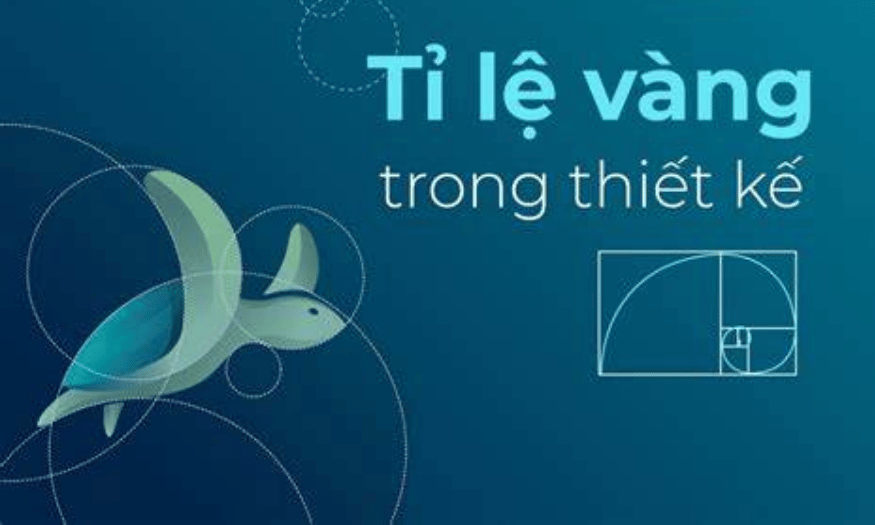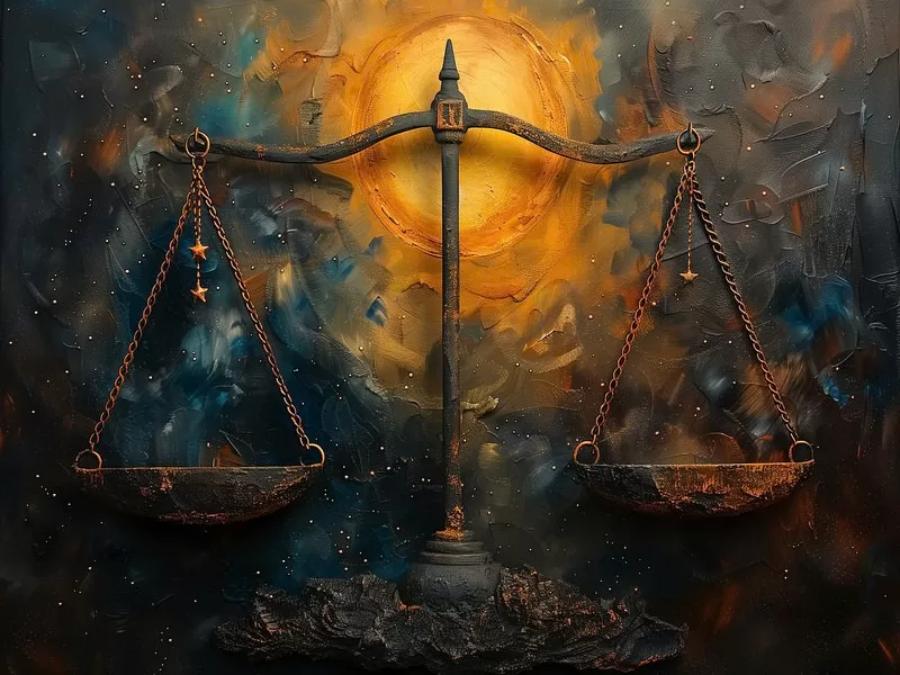Best Selling Products
What is Art Deco? Applications in Design
Nội dung
- 1. What is Art Deco?
- 2. History of Art Deco
- 2.1 Formation stage (Before 1920)
- 2.2 Golden Age (1920-1930)
- 2.3 The period of decline and rebirth (1930-1960)
- 3. Characteristics of Art Deco
- 3.1 Rich decorative motifs
- 3.2 Vivid colors
- 3.3 Characteristic fonts
- 3.4 High-quality materials
- 4. Application of Art Deco in various fields
- 4.1 Architecture
- 4.2 Graphic design
- 4.3 Jewelry design
- 4.4 Fashion
- 4.5 Interior design
- 5. Software to create impressive Art Deco designs
- 6. Conclusion
Art Deco is a prominent style of art and design of the 20th century, which emerged in the 1920s and lasted until the 1940s. With its blend of elegance, modernity, and dynamism, Art Deco is not only an art movement but also a symbol of prosperity and innovation of the era. Characteristic elements such as strong shapes, sharp lines, and bright colors have made a lasting impression on architecture, interiors, fashion, and graphics.

Art Deco is a prominent art and design style of the 20th century, appearing in the 1920s and lasting until the 1940s. With a blend of luxury, modernity and dynamism, Art Deco is not only an art movement but also a symbol of prosperity and innovation of the era. Characteristic elements such as strong shapes, sharp lines and bright colors have created an indelible mark in architecture, interiors, fashion and graphics. In the context of a changing society, Art Deco emerges as a symphony of creativity, reflecting the optimism and hope of people in turbulent years. Let's explore this style with Sadesign !
1. What is Art Deco?
Art Deco is an art and design style that emerged in the early 20th century, characterized by sharp lines, symmetrical motifs, and reflects luxury and elegance. Formed in the context of a changing society, Art Deco is not only an art movement but also a symbol of prosperity and modernity. With a combination of creativity and technology, this style has captivated people and left a deep mark on the history of world art.
Art Deco is known for its recognizable features such as strong shapes, bright colors, and attention to detail. Art Deco pieces often convey a sense of power and elegance, from the grand architecture to the elaborate interiors. That’s why Art Deco continues to attract attention and inspire modern artists and designers.
In the present context, Art Deco is not only a part of the past but also alive in many fields, from fashion to interior design and graphic arts. The fusion of classic and modern in this style has created an irresistible appeal for those who love beauty and creativity.
.png)
2. History of Art Deco
2.1 Formation stage (Before 1920)
Art Deco originated in the late 19th and early 20th centuries, when European art and architecture underwent a dramatic transformation. The style was influenced by many previous movements, including Art Nouveau with its soft, delicate curves, Cubism with its geometrical divisions, and other modernist schools such as Bauhaus and Futurism. The fusion of these elements created a new style that reflected the personal and social context of the time.
In the context of a changing society, Art Deco emerged as a response to new challenges and opportunities. It was not simply decoration but also expressed the desire for innovation, the desire for a colorful and rich life. Designers and artists of this period bravely applied bold ideas to their works, creating unique and valuable art products.
2.2 Golden Age (1920-1930)
The 1920s and 1930s are considered the golden age of Art Deco, when the style spread throughout the world, especially in Europe and North America. Art Deco skyscrapers, cinemas, hotels and villas appeared in many major cities such as New York, Paris, London and Miami. The rapid development of industry and technology facilitated the construction of buildings bearing the mark of Art Deco.
During this period, Art Deco was not only limited to architecture but also expanded to many other fields such as fashion, interior design and jewelry. The splendid fashion collections, exquisite jewelry and luxurious interior design created a lavish lifestyle, reflecting the prosperity of the era. Art Deco became a symbol of a hopeful world, where people dreamed of a bright and creative future.
2.3 The period of decline and rebirth (1930-1960)
After World War II, Art Deco was gradually replaced by Modernism, which emphasized minimalism over ornate decoration. The global economic crisis of the 1930s reduced demand for Art Deco's luxury products, leading to the style's decline. New buildings focused on functionality and cost savings, causing Art Deco to lose its appeal.
However, in the 1960s and 1970s, Art Deco underwent a strong rebirth. Many cities such as Miami, New York and Shanghai preserved and celebrated the Art Deco legacy, re-evaluating the artistic value of this style. Today, Art Deco still retains its influence in many fields, from architecture to graphic design, expressing timeless elegance and sophistication. This rebirth not only affirms the artistic value of Art Deco but also demonstrates its strong vitality in the hearts of art lovers.
.png)
3. Characteristics of Art Deco
Art Deco stands out with its distinctive features, making this style easily recognizable in architecture, interior design, graphics and many other creative products. One of the main elements of Art Deco is symmetrical geometry. This style uses clear geometric shapes such as triangles, squares and soft curves, creating a balanced and sharp whole. These elements not only bring harmony but also show sophistication in every detail, making each work a unique work of art.
3.1 Rich decorative motifs
One of the elements that makes Art Deco stand out is the richness of its decorative motifs. The motifs are often inspired by nature, such as flowers and animals, but are subtly stylized. Images of shining suns, lightning bolts or graceful dancers are vividly depicted, creating a lively and colorful space. In addition, Art Deco often references ancient civilizations, such as Egypt and Aztec, giving the design a cultural and historical depth.
The richness of motifs does not stop at images from nature but also extends to cultural symbols. Decorative motifs are often used to tell a story, creating a vivid picture that reflects human values and aspirations. This not only makes art products more attractive but also makes them symbolic and deeply meaningful works.
3.2 Vivid colors
The Art Deco color palette often uses bright and bold colors, such as gold, black, silver, turquoise, purple, red and orange. These colors not only bring luxury but also create a strong impression, attracting the eyes of the viewer. The harmonious combination of these colors helps Art Deco products become prominent and easily recognizable.
Color in Art Deco is not just a decorative element but also an important part in creating the atmosphere and mood of the space. Bright colors bring vitality and energy, while darker colors create a sense of mystery and luxury. This shows the limitless creativity of designers in using color to convey messages and emotions.
3.3 Characteristic fonts
Art Deco typography also has its own distinctive style. The typefaces are often geometric, with clean, bold lines and symmetry. These fonts often extend vertically, creating a strong and industrial feel while still maintaining elegance. The use of this typeface not only enhances the aesthetics but also makes the brand and message easily recognizable.
The uniqueness of typography is not only in form but also reflects the spirit of the times. Art Deco typefaces often carry the breath of innovation and creativity, expressing the desire to reach for the new and different. This has helped Art Deco affirm its position in the field of graphic design and advertising, becoming an indispensable part of the 20th century art picture.
3.4 High-quality materials
Art Deco often uses luxurious materials, creating a sense of class and sophistication for products. Materials such as gold-plated metals, silver, glass, marble and precious woods are often used, bringing sparkling and attractive beauty. In interior design and jewelry, precious stones, colored glass or mirrors are cleverly combined to create wonderful lighting effects, making the space impressive and full of life.
The use of high-quality materials not only increases the value of the product but also shows the attention to detail in the design. This shows the ingenuity and talent of the designers when turning simple materials into unique works of art. The combination of materials and design has helped Art Deco create products that are not only beautiful but also have lasting artistic value.
.png)
4. Application of Art Deco in various fields
Art Deco is not just an artistic style, but also a cultural movement that has had a profound influence on many areas of society. With its luxurious and modern beauty, Art Deco has left an indelible mark on many aspects of life, from architecture to fashion, graphic design and jewelry. Let's explore the unique applications of Art Deco in these areas.
4.1 Architecture
Art Deco revolutionized architecture, especially in the United States and Europe. The style was often used in skyscrapers, theaters, hotels, and public buildings, reflecting the rise of urbanization during the interwar period. Recognizable features include angular shapes, symmetrical facades, and geometric patterns. High-end materials such as marble, chrome, and glass not only brought elegance but also reflected the sophistication and class of the period.
Some of the most iconic Art Deco structures include the Empire State Building and the Chrysler Building in New York, along with other famous structures such as Rockefeller Center and Cinéma Rex in Paris. These structures are not only icons of Art Deco architecture, but also testaments to the development of urban civilization. Each building tells a story, a celebration of prosperity and innovation.
4.2 Graphic design
In the modern technological age, Art Deco still retains its strong appeal and continues to be an endless source of inspiration for designers, especially in the field of graphic design. Art Deco logos often feature symmetrical geometric shapes, clean lines and stylized typography, creating a perfect blend of classic and modern.
In addition, advertising posters and event designs often use illustrations with geometric lines and bold colors. Art Deco book and magazine covers often feature simple but sophisticated illustrations, combined with balanced layouts. Even in packaging design, Art Deco brings a sense of luxury and elegance, clearly demonstrating a sophisticated and impressive design philosophy. This shows that Art Deco does not stop at superficial beauty but also conveys a strong message through each design product.
4.3 Jewelry design
Art Deco jewelry features symmetrical geometry and stylized motifs, reflecting the opulence and modernity of the period. The jewelry often used emerald-cut diamonds along with colored gemstones such as emeralds, sapphires and rubies. This combination created works of art that were not only beautiful but also had deep cultural value.
One of the pioneers of the Art Deco jewelry style is Cartier, with its geometric necklaces, bracelets and rings. These products are not only a symbol of luxury but also a testament to the craftsmanship and talent of the artisans. Art Deco jewelry has become an indispensable part of the collection of those who love beauty and uniqueness.
4.4 Fashion
Art Deco had a strong impact on fashion during the 1920s and 1930s, a period when women began to break free from the rigid fashion standards of the past. Dresses were made from silk, velvet and chiffon, with gold embroidery or brocade, creating a shimmering effect. The outfits were often accompanied by fur coats and long gloves, expressing luxury and sophistication.
Art Deco fashion was not just about form, but also carried a message of freedom and female power. These designs contributed to shaping a modern and colorful lifestyle, reflecting the optimistic spirit of society at that time.
4.5 Interior design
Unlike Art Nouveau with its soft curves, Art Deco interiors focus on sharp geometry, bold colors and high-end materials. The use of marble, precious woods, glass and chrome created a sleek and modern look, reflecting the industrial spirit of the era. Art Deco interiors are not just a place to live but also a work of art, expressing the aesthetic taste and class of the owner.
Furniture products such as tables, chairs, lamps and decorations are all in Art Deco style, from the design lines to the color scheme. The combination of function and aesthetics has created stylish living spaces, bringing a sense of luxury and comfort to users.
.png)
5. Software to create impressive Art Deco designs
Photoshop, Adobe's famous graphic design software, has become an indispensable tool for designers and artists around the world. With powerful image editing capabilities, creating unique works of art and integrating many creative features, Photoshop allows users to freely express their ideas. Especially in the field of Art Deco design, Photoshop provides great tools to create works of aesthetics and sophistication.
Upgrading your Photoshop software at Sadesign not only gives you the latest features but also helps you optimize your workflow. Sadesign provides the latest versions of Photoshop, which come with many templates and tools to support the typical Art Deco design. Features such as Smart Objects, Layer Styles, and artistic filters make it easy to create impressive designs, from images to typography.
In addition, Sadesign also has detailed instructional materials and video tutorials to help you grasp and apply Art Deco techniques effectively. By upgrading at Sadesign, you will always be updated with the latest design trends, thereby improving your skills and creativity in the design field.
.png)
6. Conclusion
Art Deco is not simply an art style; it is also a testament to the perfect combination of art and industry, between aesthetics and functionality. The applications of Art Deco in design have contributed to enriching the world's cultural picture, from massive architectural works to sophisticated furniture. Today, this style continues to be popular and reproduced, proving its strong vitality in the hearts of art and design lovers. Art Deco is not only a legacy of the past, but also a source of inspiration for the next generations in the journey of searching for beauty and endless creativity.












































